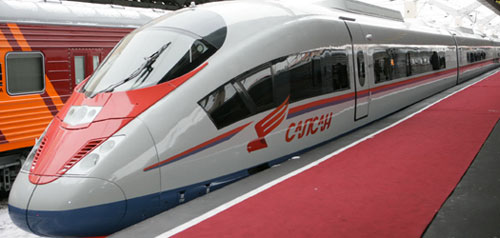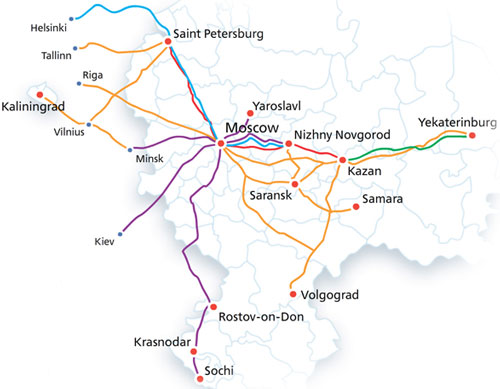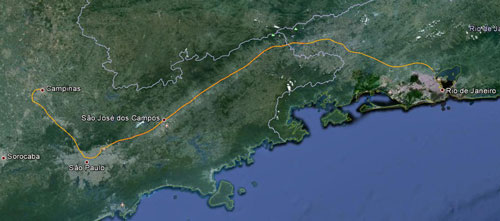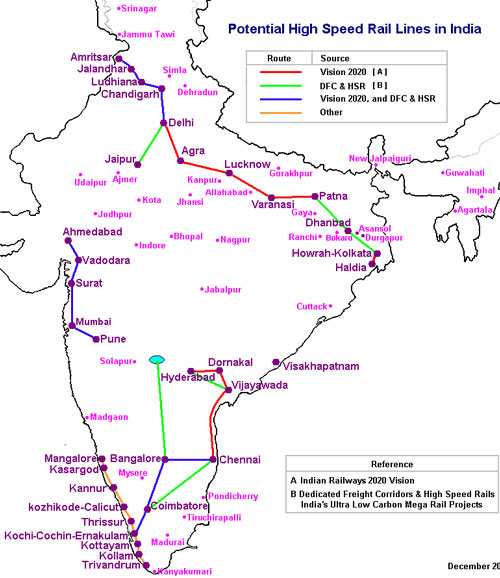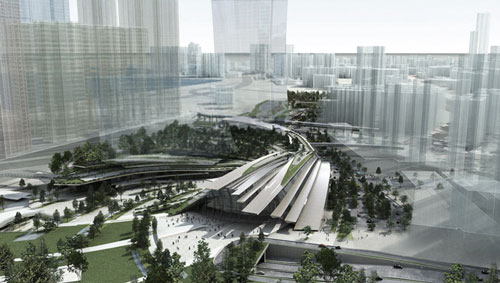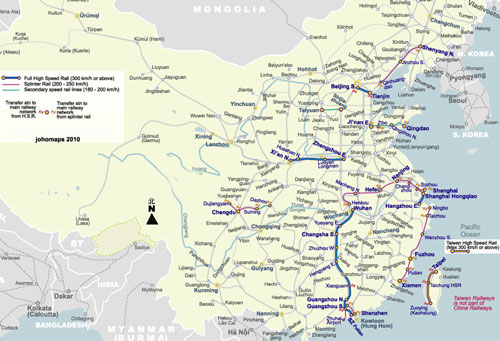Based on the central theme Common Ground, British Architect David Chipperfield curated the 13th architecture biennial in Venice, focusing on the the collaborative qualities of architects and planners, and their role in society.


The link between design practice and today’s urban challenges needs to be restored. In the exhibition, it becomes clear that the world is ready to do things differently, more democratically and with respect for the human scale. However, at the same time it is felt that global climate and social changes require a common global approach, which explains the utopian touch of CIAM modernism throughout the whole exhibition. Two days worth of information in the Giardini and Arsenale pavilions of La Biennale, a selection:
The Belgian pavilion discussed the ambition of the territory. The fragmented Flemish metropolis, created over centuries by entrepreneurship and trade, does not fit in the current compact city dogma. By mapping the metabolism and potentials of the territory, a new metropolitan strategy is outlined. Forgotten formats, such as living next to your workspace, are reinvented as for example dwellings in semi-industrial areas.

Possible Greenland – design concept for Air + Port
The Danish pavilion shows the unique case of possible Greenland, a small ring-shaped community around an enormous ice mass, which faces climate change, booming oil industry and urban growth. Now is the time to choose the energy model and urbanization characteristics of the new Greenland. In a way, it is a test case for the whole planet. The exhibition features a concept for an integrated air-port, forming a cross-shaped hub of runways and docks.

Russian pavilion: i-city
Russia focuses on science cities. One side of the pavilion is a spying glass on cold-war science cities, unknown and hidden from the outside world. The other side contains technological rooms entirely covered with QR-tags. After scanning the tag with an i-pad, different competition entries and master plan designs for the future Skolkovo i-city. Apart from fancy building shapes, unfortunately the city’s structure, mobility and public space seem rather traditional.

Hydroponic plant culture, displayed in the Spanish pavilion
The USA pavilion combines hundreds of small scale bottom up projects, the democratization of architecture and planning, with an impressive time line of world urbanization, from the first urban settlements on earth up to Robert Moses’ interventions in New York and actuality. Brazil provided a room full of hammocks, and a series of peep holes, showing daily life in a house designed by Marcio Kogan, among other scenes.
In the main pavilion, Reinier de Graaf (OMA) shows a combination of great works by rather unknown municipal architects of the postwar era, including schools, congress buildings and social housing. Crimson architectural historians demonstrate in The Banality of Good, that many utopic concepts for new towns have ended in excluding gated communities for the upper middle class. In the Arsenale, SANAA features a model for the rebuilding of a Japanese island of unique topography, after the destruction by the tsunami.

Urban Think Tank, as usual, focuses on the creativity of informal urban solutions, in this case the occupation of an office tower in central Caracas, Venezuela. To show the polemics around the project, the office was honest enough to cite it’s critics as well:


Gort and Fiona Scott – beautiful analysis of use of central London blocks. ´Thames to Tooting: Urban block and the arterial London high street´


